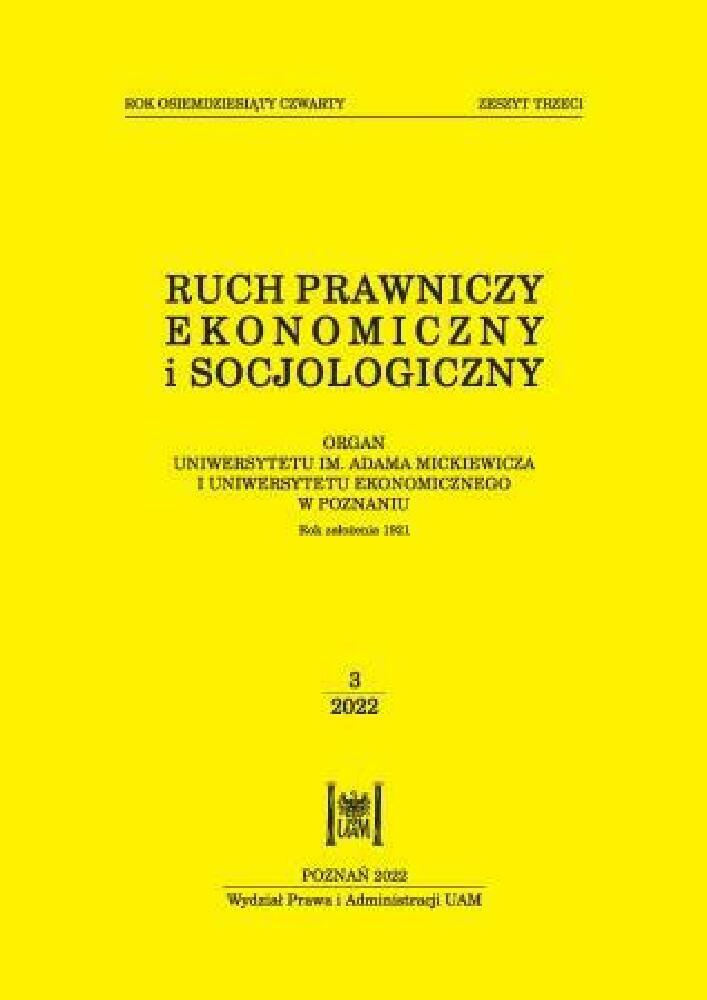Abstract
The aim of the article is to compare Chinese and European Union antitrust law systems, including an analysis of their main differences. The analysis focuses on the example of the Qihoo 360 v. Tencent QQ case, which was judged by the Supreme People’s Court is one of the most recognized antitrust cases in China. The analysis is based on Chinese and EU acts of generally applicable law in the field of antitrust law, and the judgment of the Supreme People’s Court in the case of Qihoo 360 v. Tencent QQ. The presented analysis leads to the conclusion that both legal systems are in general similar, however their application may be differentiated by the scope of discretion granted to the competition authorities, and by the aims of the antitrust law.
References
Banasiński, C. (2015). Dyskrecjonalność w prawie antymonopolowym. Warszawa.
Chee, F.Y. (2020). EU’s Vestager to set out plans to tackle China’s state-backed firms. <https://www.reuters.com/article/us-eu-antitrust-idUSKBN20P2RFF>.
Gal, M.S., Petit, N. (2021). Radical restorative remedies for digital markets. Berkeley Technological Review 37(1): 617–674. <https://papers.ssrn.com/sol3/papers.cfm?abstract_id=3687604>.
Kopania, Z., Szpotakowski, I. (2020). Chinese Law: Research Guide. Łódź–Kraków.
Krasnodębska-Tomkiel, M. (2006). Wspólnotowe prawo konkurencji. Skutki dla Polski. Warszawa.
Maziarz, A. (2019). Reguły konkurencji Unii Europejskiej. Warszawa.
Stanford Law School (2021). Beijing Qihu Technology Co., Ltd. v. Tencent Technology (Shenzhen) Company Limited and Shenzhen Tencent Computer Systems Company Limited. A dispute over abusing dominant market positions. Stanford Law School. China Guiding Cases Project. <https://cgc.law.stanford.edu/guiding-cases/guiding-case-78> [dostęp: 27.04.2021].
Tuo, Y. (2019). Approaches for dealing with the “natural person” in the Chinese Legal System: a statutory way and a principled way. German Law Journal 18(5): 1121–1144. doi: https://www.doi.org/10.1017/S2071832200022276
Wang, Y., Biddulph, S., Godwin, A. (2017). A Brief introduction to the Chinese judicial system and court hierarchy. <https://law.unimelb.edu.au/__data/assets/pdf_file/0004/2380684/ALC-Briefing-Paper-6-Wang,-Biddulph,-Godwin_5.pdf>.
Whish, R., Bailey, D. (2015). Competition Law. Oxford.
License
Copyright (c) 2022 WPiA UAM

This work is licensed under a Creative Commons Attribution-NonCommercial-NoDerivatives 4.0 International License.





